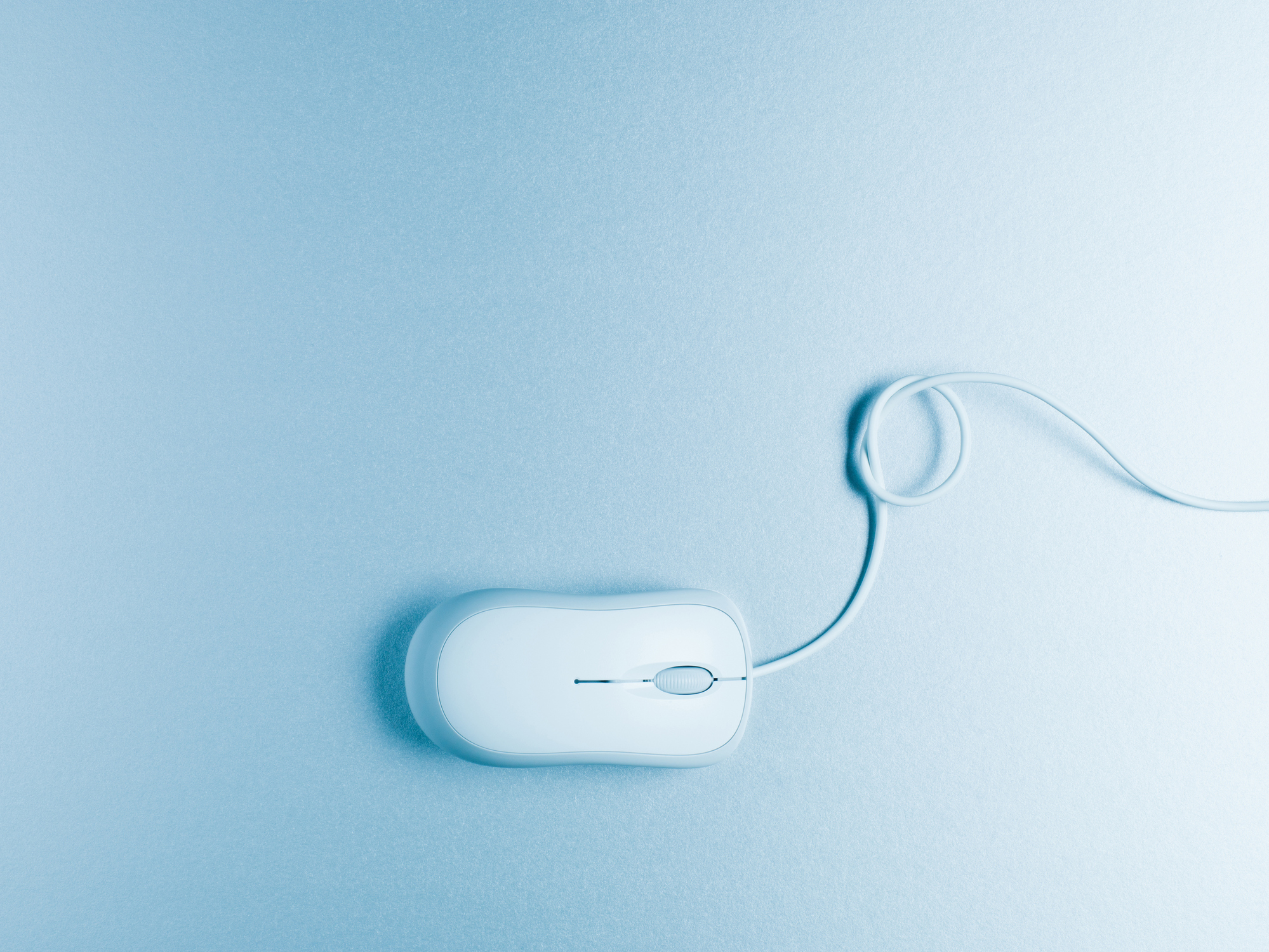

You nod along when everyone around you is talking about how they achieve inbox zero. But truthfully, you never feel like you get there.
And in your defense, that’s because you receive messages that require lengthy or thoughtful responses. Someone asked for your opinion, and you’d like to take the time to formulate it. Or there’s a five-page attachment for your review—and so you’ll need to review it. Or you want to word your response a certain way and would like to wait until you’re fresh.
The standard solutions for this situation all kind of suck. You can “confirm receipt,” but that sounds super formal, and there’s no telling when the other person will prod you with a note that roughly translates to, “And…?” You can leave an auto-responder on 24-7, but that may not be your style—and you’re still not providing a specific answer. Or, you can just take your time, but you’ll have left the other person wondering and waiting.
The Muse: 5 Email Templates That’ll Save Your Reputation When Your Response is Long Overdue
There’s a trick I recently fell into that has solved this problem for me. I aim to reply within 24 hours (if not much sooner), with a line that buys me some time. It satisfies the other person that I’m on it, gives me time to follow up when it works according to my schedule, and gets me that much closer to inbox zero. Here are three of my favorites.
1. “I’ll Be in Touch in Approximately [Time Frame]”
I had a former boss who always stressed the importance of managing expectations. Informing people on the front end allows you to bypass confusion and frustration. And the best way to do it is—in the words of the popular adage—under-promise, over-deliver.
If you simply wait a week to get back to someone, he’ll assume you considered it a low priority—and that doesn’t make anyone feel good. However, if you write him back right away clarifying when you will be in touch, it seems like it was really important to you to provide a timeline as soon as humanly possible.
By setting an expectation for when he can expect a thorough response, you’re being thoughtful. And if you beat that date, you’re no longer the person who took five days to respond: You’re the person who said she’d need a week but replied two days early.
The Muse: The Super-Basic Email Trick You’ll Be Surprised You Haven’t Tried Yet
2. “I’m Pushing Up Against a Deadline”
When you’re putting off a request, people often to like to know why. Think about it: If someone stops by your desk to brainstorm, she’ll probably be thrown off if you say “no” and then turn back to your keyboard. But she’s less likely to be offended if you tell her you can’t because you’re busy preparing for a meeting (or some other totally valid excuse, such as wrapping up projects before your vacation).
This reply follows similar logic. By sharing what’s on your plate, you make it possible for your connection to empathize with your workload. She’ll know that you’re not ignoring her; rather you’re preoccupied and need a couple of days before you can give her email your full attention.
I tried this approach and found people appreciated that I even took the time to reach back in such a time-crunched state. Instead of being frustrated or emailing me again a day or two later looking for a response, they wished me good luck and told me to check back in when it worked for me.
The Muse: 4 Strategies For Keeping Your Inbox Empty
3. “I’d Like to Run That by a Colleague Who’s Out of the Office”
This is another line I stumbled upon simply by telling the truth. Most of my team was out of the office a few weeks back, and so I had to postpone any responses that required internal feedback or approval.
Instead of responding like I was giving them the run around, people were—again—very understanding. We’ve all had those workdays when our hands are tied, and since you’ve shared that you can’t expedite your reply, there’s no reason for the other person to pressure you to write back.
Replying to emails in a timely fashion is worthwhile for everyone involved. It helps you clear out your inbox, and it helps the other person get whatever information he or she needs. And while it may not always be possible to give a full response, it’s almost always possible to say something. So, skip a half-thought-out or rushed reply and pick a line that’ll buy you some time. It’ll make your contact feel like you really care, and it’ll allow you to take the time you need to do good work.
This post is in partnership with The Muse. The article above was originally published on The Muse.
More Must-Reads from TIME
- Donald Trump Is TIME's 2024 Person of the Year
- Why We Chose Trump as Person of the Year
- Is Intermittent Fasting Good or Bad for You?
- The 100 Must-Read Books of 2024
- The 20 Best Christmas TV Episodes
- Column: If Optimism Feels Ridiculous Now, Try Hope
- The Future of Climate Action Is Trade Policy
- Merle Bombardieri Is Helping People Make the Baby Decision
Contact us at letters@time.com